Review for Rome, Open City (UK)
There is no doubt that Roberto Rossellini's Rome Open City (1945) has emotional impact. The documentary-like camera, natural lighting and non-professional actors gives it authenticity, an authenticity that tries to transcend its stylistic devices. However, the cinematography to Rome Open City does not reflect the teachings of Italian neo-realist cinema. Stylistically it adopts the formality brought forth by classical Hollywood. Even though it has this documentary-like feel, it also has comic gags, a dramatic soundtrack, a complex narrative plot, suspense, melodrama, a visual texture and it follows traditional filmic values.
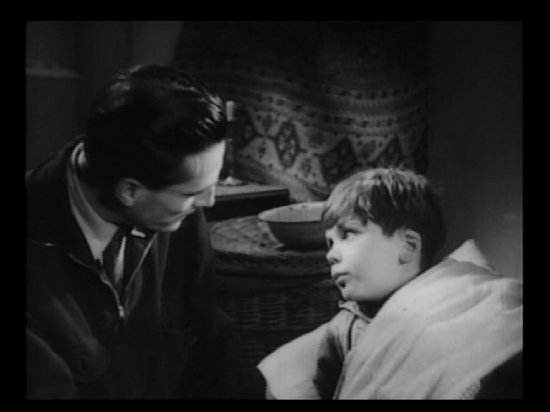
The subject matter is what distinguishes Rome Open City as a piece of neo-realism. This is where its verisimilitude and social realism comes in. The cinema vérité approach reflects the harsh undiluted realities of life. The opening sequence explores this ruthless realism. Manfredi, the leader of the anti-fascist party escapes across the rooftops as the Nazi soldiers invade his house. There is human truth breathing throughout these visuals - a human truth that reflects the hardship endured by the Italians during the Second World War. Manfredi wants to survive to fight for his freedom. He wants to re-establish his social, cultural and political identity after the fall of Mussolini.
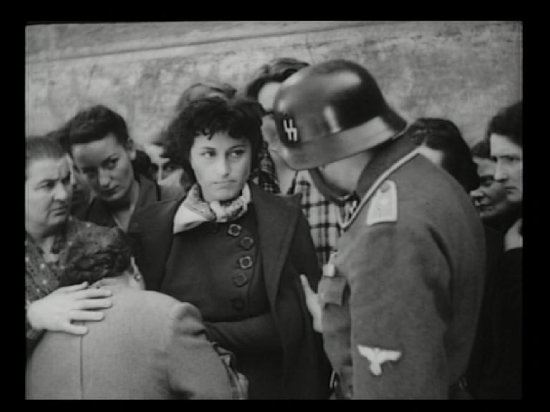
These are the radical ideas that breathe life into Roberto Rossellini's Rome Open City. Manfredi's soon to be wife Pina sums it up perfectly as she walks with the priest Don Pietro, she says, 'how can we forget these sufferings…anxieties…fears?' It makes for potent contemplation. Imagine living in Europe during the Second World War, how would you feel after the dust had cleared? This is a theme, which Rossellini also explores in Paisa (1946) and Germany, Year Zero (1948).
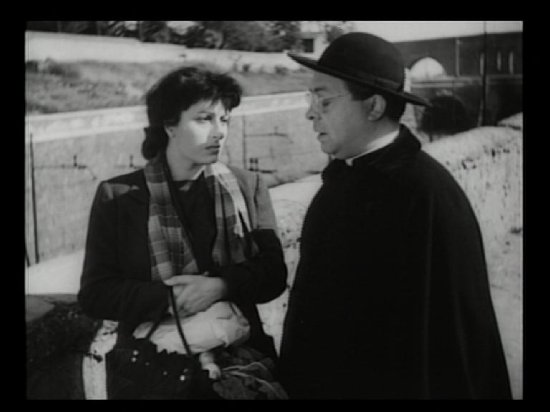
One of the minor characters in Rome Open City observes the sentiment of the times - 'Life is brutal, dirty'. This declaration really hits home during the torture scene. When a Nazi officer interrogates Manfredi's friend Francesco all we see is a blowtorch, a whip and a bucket of water - this makes for deeply disturbing cinema. When the Nazi's inject Francesco with an unknown substance you realise the best horror is the horror we create in our mind. This leads into one of the most iconic scenes in the history of cinema. It contains an emotional force that is ready to explode. Imagine what the Italians were thinking when they experienced the final horrors of this film. There they were, sitting in the cinema in 1945, watching the children of Rome behind a wire fence. It is a harrowing scene filled with hope and despair. As they walk hand-in-hand into the distance, it makes for beautiful viewing.
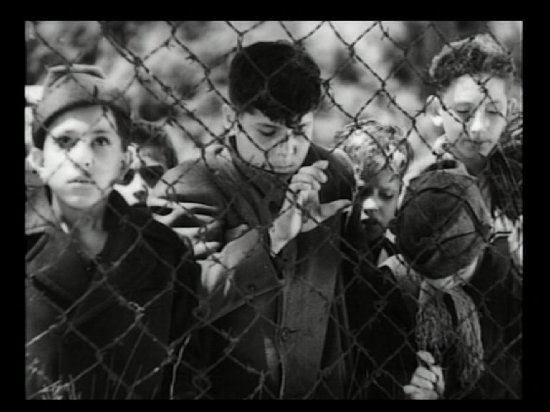
Special Features
Disc 1:
Audio Commentary by Peter Bonadella
The author of A History of Italian Cinema tries to place Rome Open City into a historical, cultural and political context. The problem: his intelligent musings maintain an air of monotony. All he does is skim over what we see on screen ('He's walking through the door and now he's sitting down, he's picking up the coffee'). A lacklustre talk over track - for a film, which oozes with personality, Bonadella doesn't have much to say.
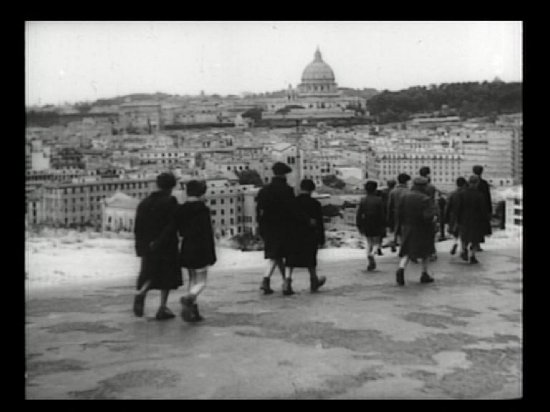
Rome: The Liberation (6 min)
Second World War propaganda from American news reels. This helps to contextualise Rome Open City if viewed before the film. The strange thing is on a DVD player it has a male voice over from the time but when you watch it on a computer, there is a modern female voice-over, which gives us an historical account of the conflict.
Rome! Falls to Allies (4 min)
This footage from the Second World War highlights the horrors of propaganda. We see a wreck of a man with the scars of war etched into his face. The commentator announces - 'No more hale Hitler for this broken superman'. Where is the humanity? The odd blooper happens here too if you watch it on your computer.
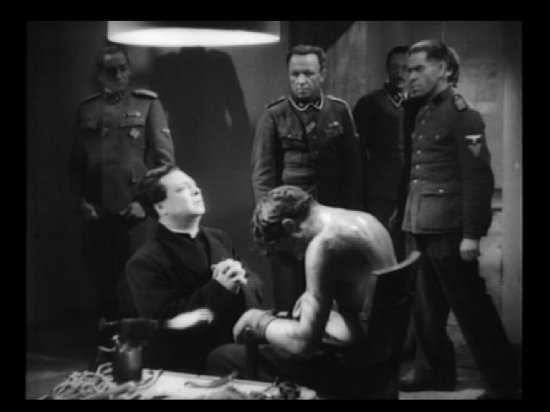
Disc 2
Children of Rome Open City (47 min)
This perfectly paced documentary follows Vito Anniccharico (who played Manfredi's son) as he revists the locations of Rome Open City. Memories are interlaced with antidotes from Roberto Rossellini's son, his sister, friends and colleagues. As Vito walks around the dilapidated locations, you feel his raw emotion and the effects the film had on the Italian psyche. The interviews with Rossellini expert Tag Gallagher are insightful. If you compare the grainy look of the film in this documentary to the smooth look of it now it becomes apparent that somebody has done a bloody good job at restoring this masterpiece:
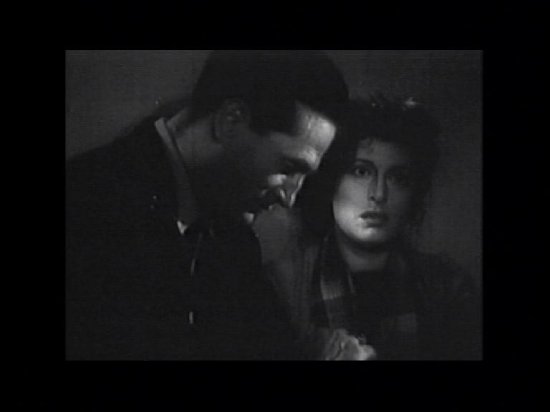
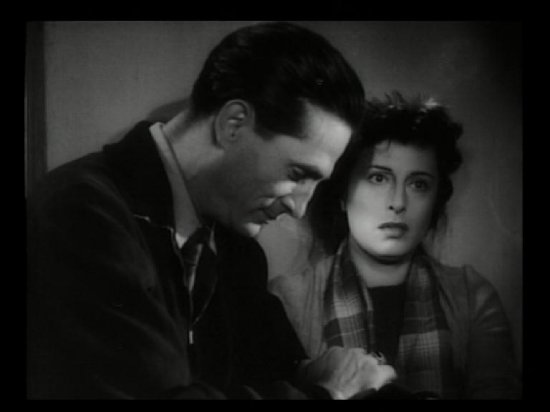
Roberto Rossellini (63 min)
A documentary about the life and work of Roberto Rossellini. Clips are used to illustrate the directors flare for cinema. They demonstrate what Martin Scorsese refers to as 'emotional human truth'. Also included are interviews with Rossellini's daughter Isabella, his lover Ingrid Bergman, his friend and colleague Frederico Fellini and his admirer Francois Truffaut.
Trivia: Frederico Fellini co-wrote the Academy Award nominated screenplay.
Disc: The DVD distributor Arrow Films have outdone themselves. Compare this to the Criterion release to make up your own mind.This 2-disc edition shares the same high-quality and care as The Masters of Cinema Series by Eureka. This will be a strong condender for DVD release of the year.
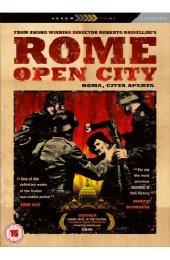
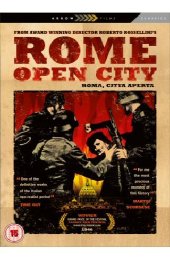









































Your Opinions and Comments
Be the first to post a comment!